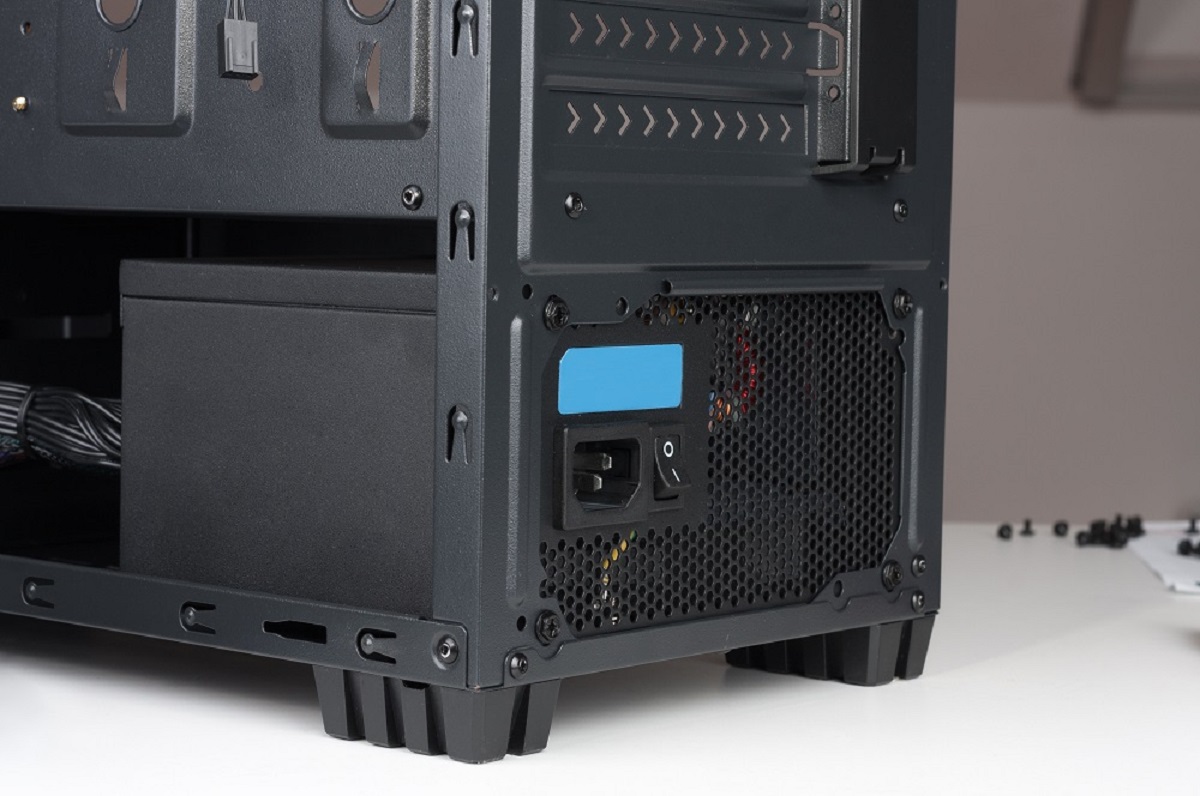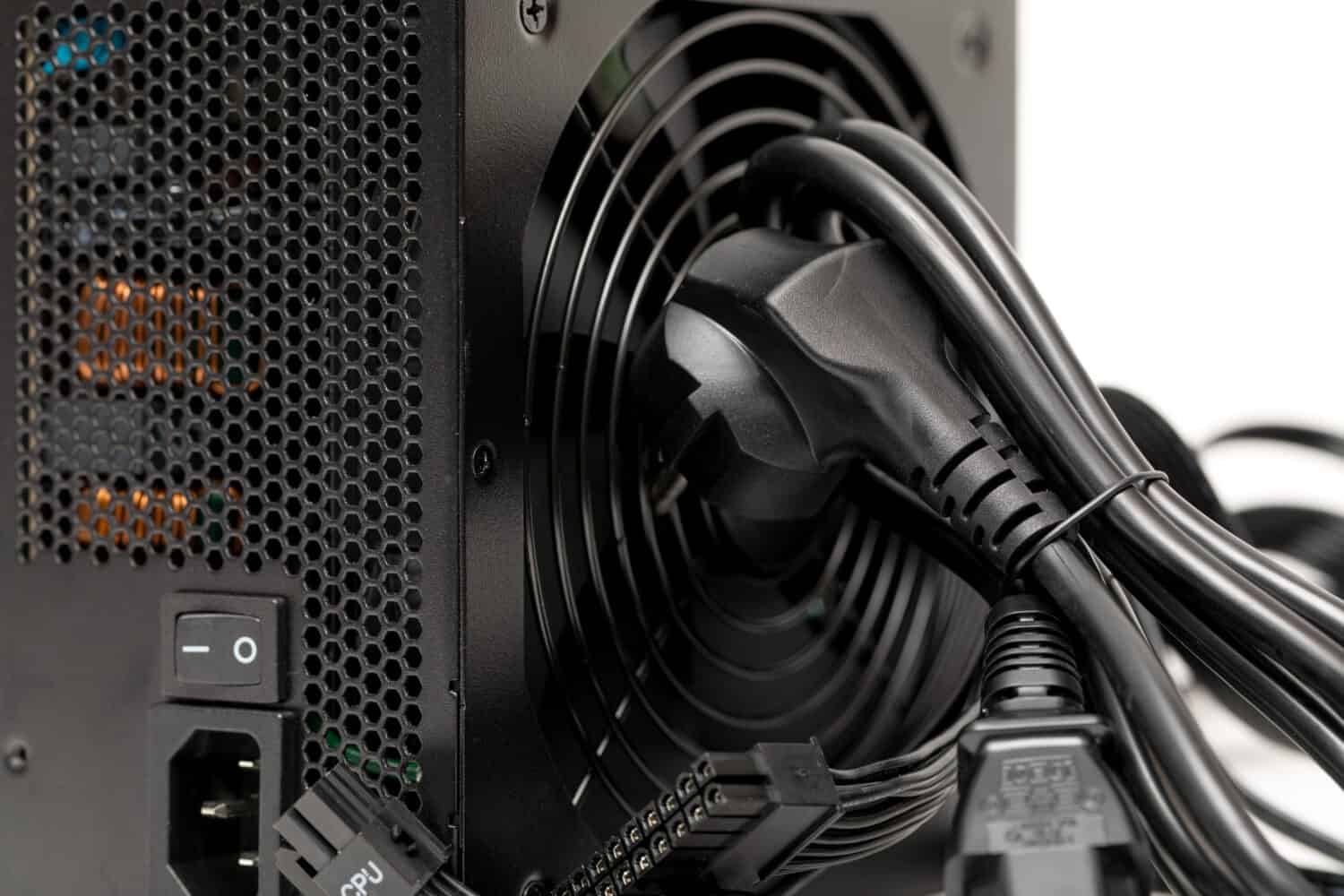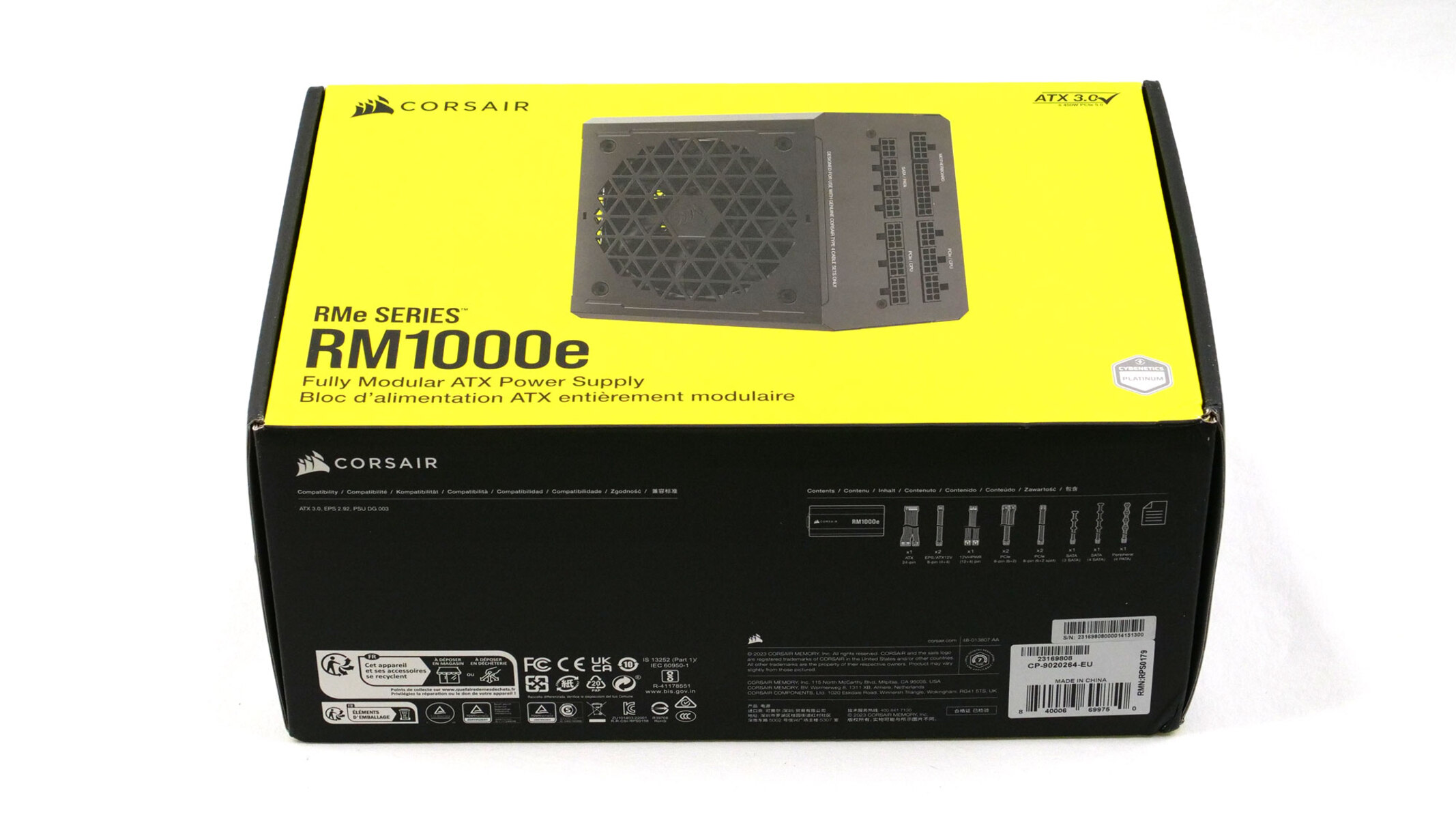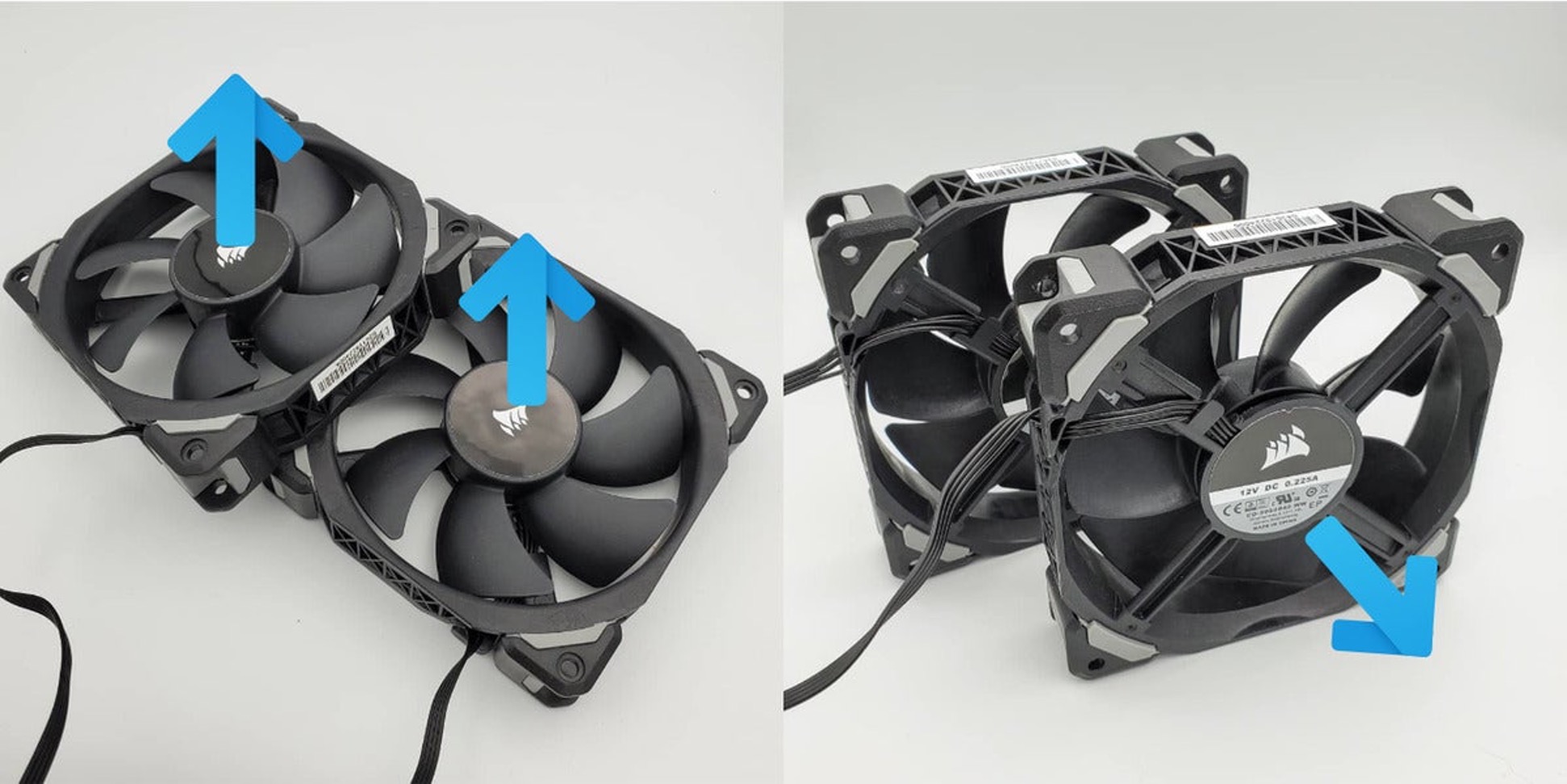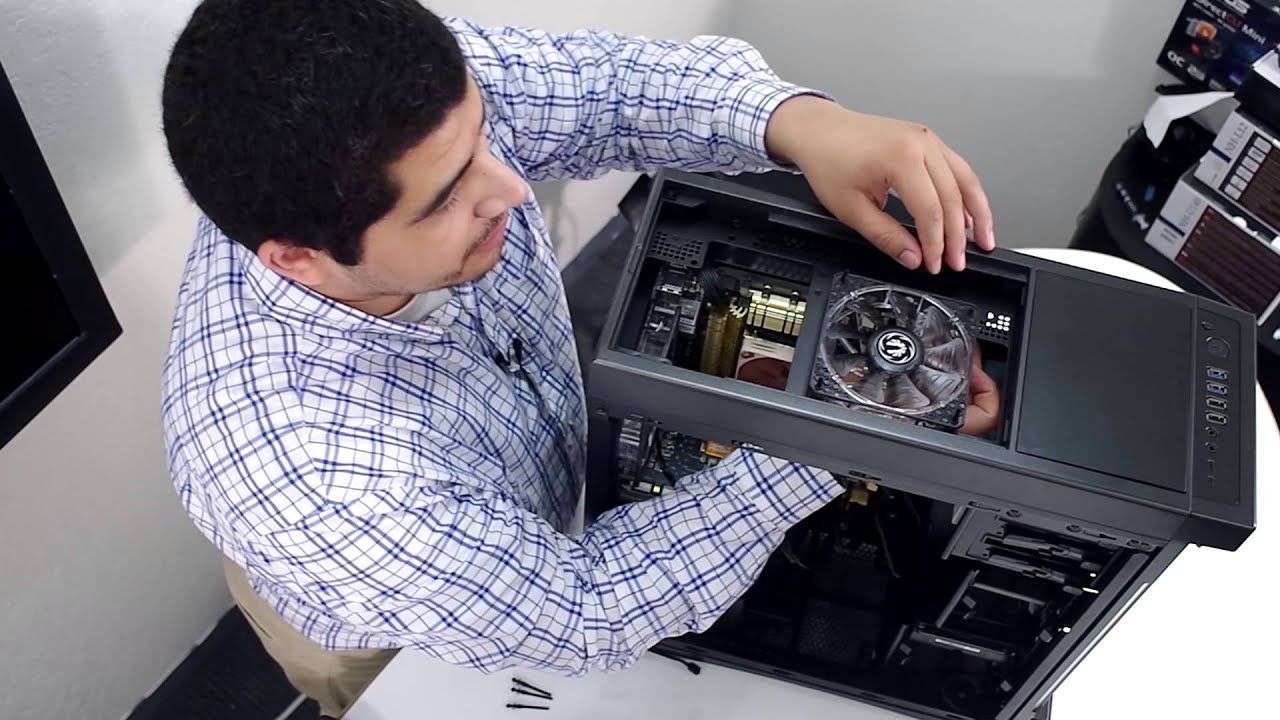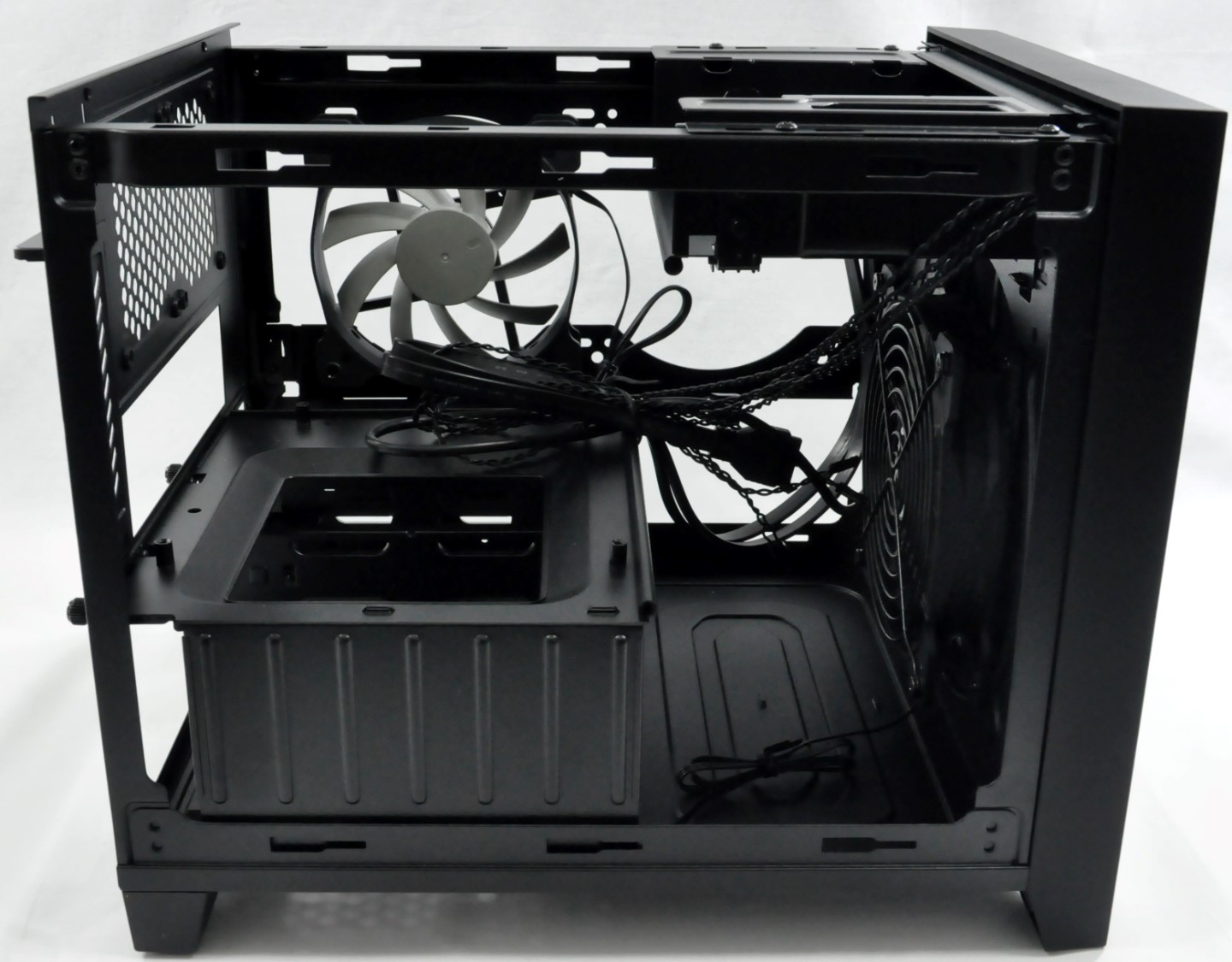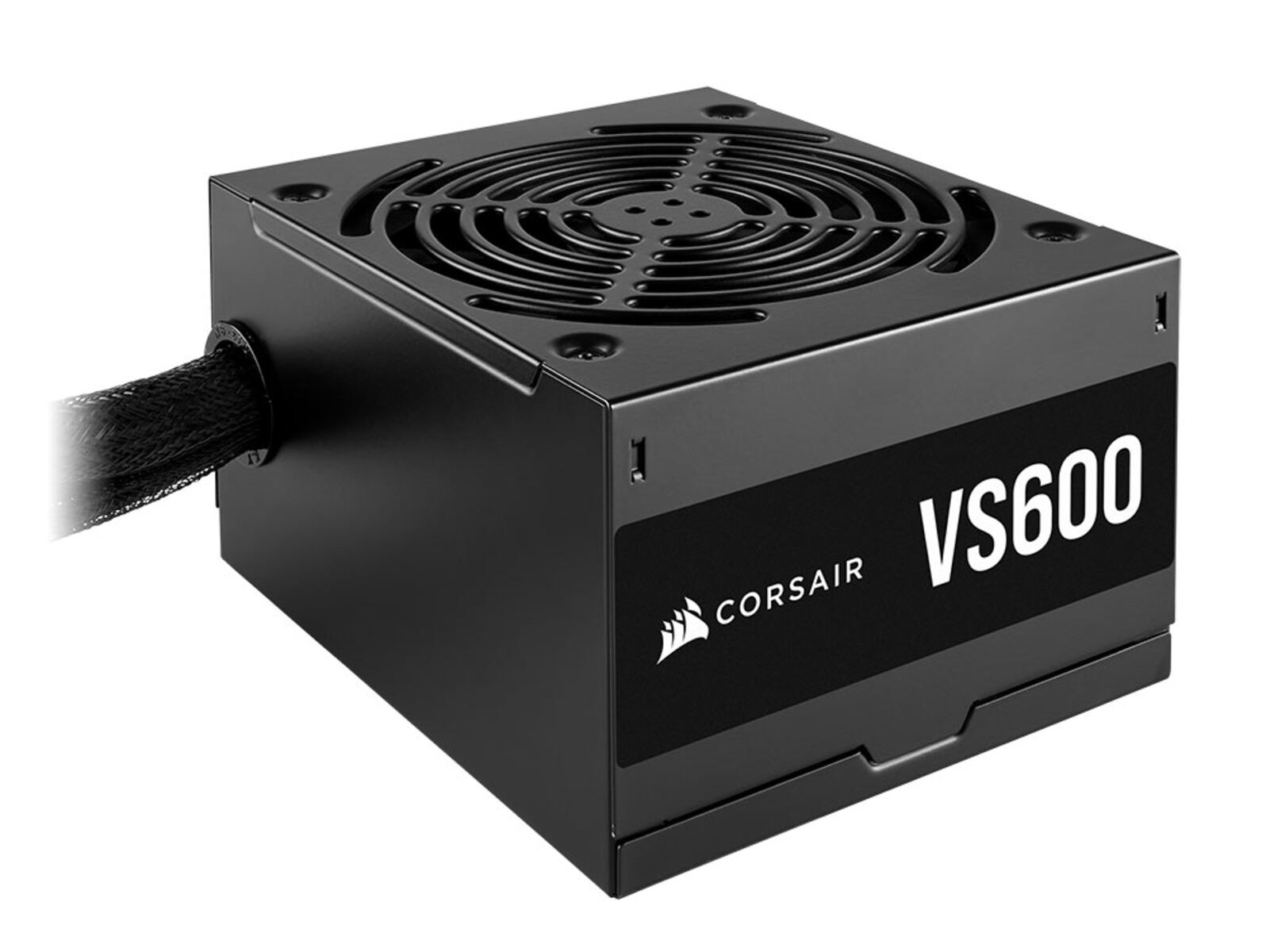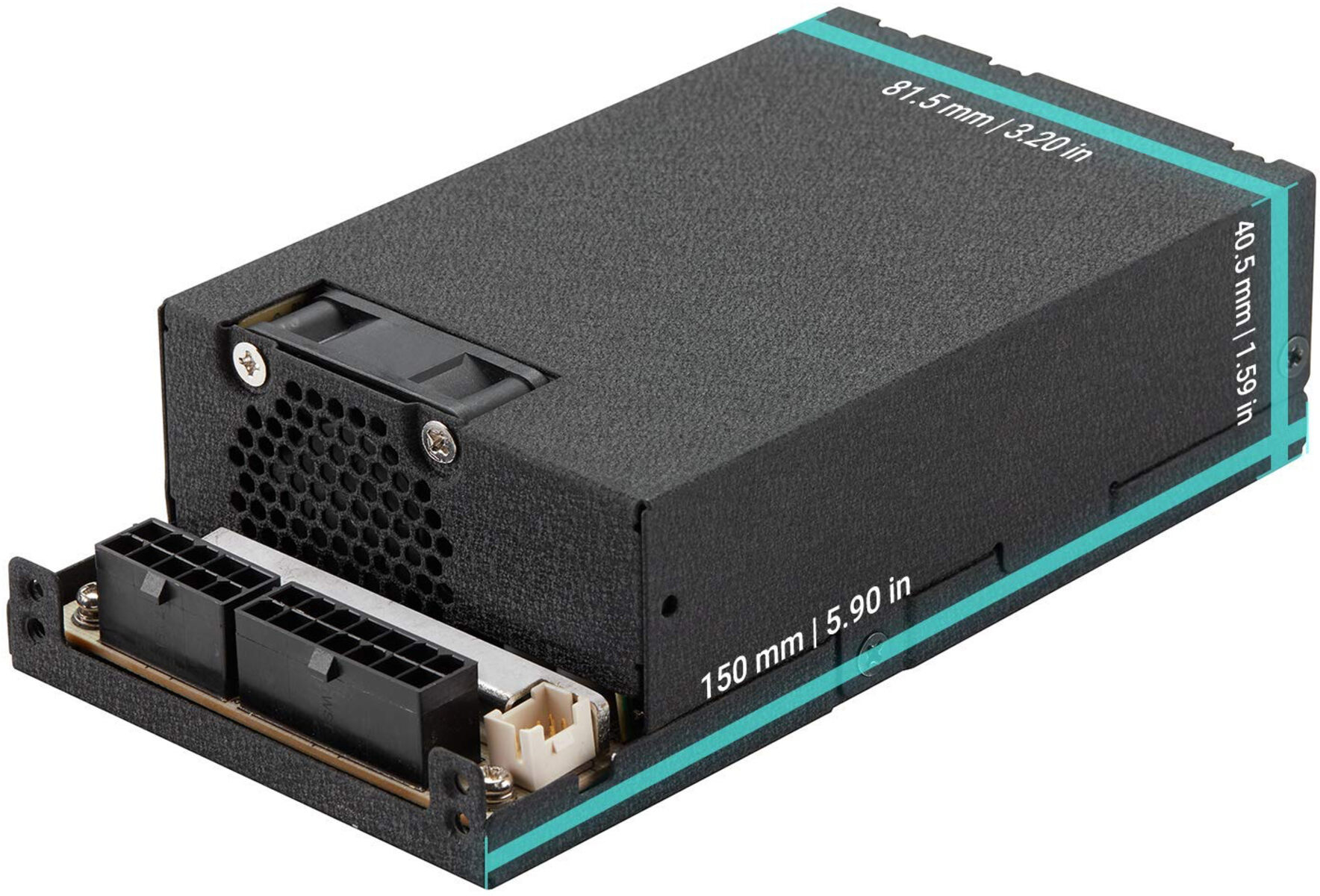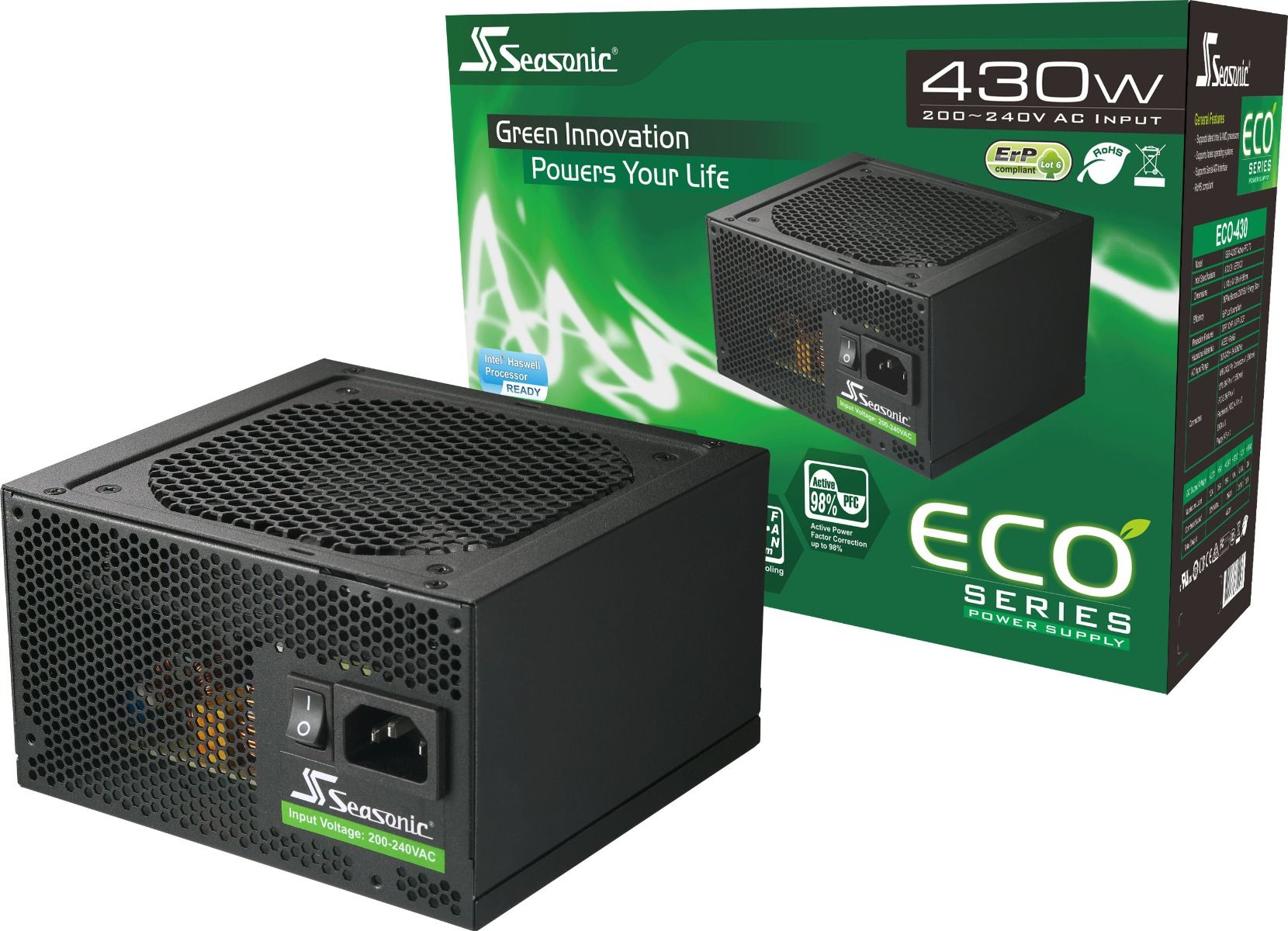Introduction
Proper airflow is crucial for the efficient and reliable functioning of a computer’s power supply unit (PSU). The PSU is responsible for converting the AC power from your wall outlet to the DC power that your computer components require. Overheating can lead to performance issues, component damage, and even system failure. One of the key factors in ensuring optimal airflow is the placement and direction of the PSU fan.
Understanding how the PSU fan operates and which way it should face is essential for maintaining a cool and stable system. In this article, we will delve into the details of PSU fan placement and answer the main question: which way should the PSU fan face?
Before we get into the specifics, it’s important to highlight that this article is not a one-size-fits-all guide. The optimal PSU fan placement can vary depending on factors such as the case design, airflow configuration, and personal preference. However, by considering the following information and guidelines, you can make an informed decision that suits your specific setup.
Now, let’s dive into the details of PSU fan placement and explore the factors that need to be taken into account.
The Importance of Proper Airflow in a PSU
Proper airflow is crucial to keep the PSU operating within its recommended temperature range. When the PSU is under heavy load, such as during intense gaming sessions or resource-intensive tasks, it generates heat. If the heat is not dissipated effectively, it can cause the PSU to overheat, leading to reduced performance, premature failure, or even fire hazards.
Proper airflow is also essential for maintaining the overall temperature of the computer system. The PSU fan helps to regulate the temperature not only of the unit itself but also of other components in the case, such as the CPU and graphics card. When the PSU fan pulls in cool air and expels hot air, it helps to prevent heat buildup and maintain stable operating temperatures.
In addition to cooling, proper airflow can also contribute to the overall noise level of the system. If the PSU fan is not properly positioned or if the airflow is obstructed, it may need to work harder to dissipate heat, resulting in increased noise levels. By ensuring optimal airflow, you can help to keep your system running silently or at least keep the fan noise to a minimum.
Furthermore, proper airflow can extend the lifespan of your components. Excessive heat can degrade the performance and longevity of electronic components over time. By keeping the PSU and other components cool, you can help to prevent thermal stress and improve the overall reliability and durability of your system.
Overall, proper airflow in a PSU plays a critical role in maintaining performance, reliability, and safety. By paying attention to the positioning and direction of the PSU fan, you can ensure efficient cooling and preserve the lifespan of your system components.
Understanding PSU Fan Placement
PSU fan placement refers to the positioning of the fan in relation to the computer case. The fan can be oriented in two main directions: facing down or facing up. Each orientation has its benefits and considerations, and understanding them is essential for making an informed decision.
When the PSU fan is facing down, it draws in cool air from outside the case through the ventilation holes or mesh at the bottom of the PSU. The cool air is used to cool the PSU itself and is then expelled out the back of the case, away from other components. This orientation is often recommended when the computer case has a bottom-mounted PSU compartment or when the case does not have sufficient ventilation at the top.
On the other hand, when the PSU fan is facing up, it pulls in cool air from within the case, typically through the top ventilation holes or mesh. The cool air is used to cool the PSU, and the heated air is then expelled out the back of the case. This orientation is common in cases where the PSU is mounted at the top or where there is ample top ventilation.
It’s important to note that the direction of the PSU fan only affects how the PSU itself is cooled. The overall airflow within the case is determined by other fans, such as the CPU fan, case fans, or liquid cooling systems. The orientation of these fans should be considered in conjunction with the PSU fan placement to optimize the overall airflow and cooling efficiency.
Next, let’s explore the factors to consider when determining the optimal PSU fan placement for your system.
Which Way Does the PSU Fan Face?
The orientation of the PSU fan depends on various factors, including the case design, available ventilation, and personal preference. In most cases, the PSU fan should face the direction that allows for the most efficient cooling and airflow.
As mentioned earlier, if your case has a bottom-mounted PSU compartment or lacks proper ventilation at the top, it is recommended to position the PSU fan facing down. This allows the fan to draw in cool air from outside the case, preventing the PSU from recycling warm air expelled by other components. It also helps to create a direct pathway for hot air to be expelled from the back of the case.
Conversely, if your case has a top-mounted PSU or sufficient ventilation at the top, it may be beneficial to position the PSU fan facing up. This allows the fan to intake cool air from within the case, which can help in scenarios where the top area of the case is cooler than the surrounding environment. However, note that this setup may lead to slight temperature increases in the PSU due to the warm air inside the case.
Ultimately, the decision of which way the PSU fan should face depends on your specific case and airflow configuration. It is recommended to review the manufacturer’s guidelines for your PSU and case to ensure compatibility and optimal airflow. Additionally, you can experiment with different orientations and monitor the temperature and performance of your system to determine the most effective setup.
Remember, the goal is to achieve proper airflow and cooling throughout your system to maintain its optimal performance and longevity. Consider the overall airflow dynamics and make a decision that suits your case’s design and ventilation capabilities.
Now that we understand the different fan placement options, let’s explore the factors that should be considered when determining the PSU fan placement in more detail.
Factors to Consider When Determining PSU Fan Placement
When deciding on the best PSU fan placement, several factors should be taken into consideration. Here are the key factors to keep in mind:
- Case Design: The design of your computer case plays a significant role in determining the optimal PSU fan placement. Consider whether your case has a bottom-mounted PSU compartment or a top-mounted PSU. Additionally, evaluate the available ventilation options and airflow paths within the case.
- Ventilation and Airflow: Proper airflow is crucial for cooling the components inside your case. Take a close look at the ventilation options in your case, such as fan mounts, mesh panels, or vented grills, and consider how the PSU fan placement will interact with the overall airflow pattern in the system.
- System Components: Consider the heat generated by your system components, such as the CPU and graphics card. If these components produce a significant amount of heat, it’s important to ensure that the PSU fan placement does not hinder their cooling. Evaluate the proximity of these components to the PSU and take precautions to avoid potential heat buildup.
- Usage and Workload: Assess your typical computer usage and workload. If you frequently engage in resource-intensive tasks like gaming or video editing, your system may generate more heat. In such cases, optimizing the PSU fan placement becomes even more important to maintain temperature levels and prevent overheating.
- Manufacturer’s Guidelines: Consult the manufacturer’s documentation and guidelines for your power supply unit and computer case. Manufacturers often provide recommendations and specifications regarding optimal PSU fan placement and airflow configurations. Following these guidelines can help ensure compatibility and maximize performance.
By considering these factors, you can make an informed decision about the positioning and orientation of your PSU fan. It’s important to strike a balance between efficient cooling, component compatibility, and the specific needs of your system.
Now that we have explored the factors to consider, let’s move on to the benefits of having the PSU fan face either down or up.
Benefits of Having the PSU Fan Face Down or Up
Both orientations of PSU fan placement, facing down or up, offer distinct advantages depending on your specific setup and requirements. Let’s take a closer look at the benefits of each orientation:
- Facing Down: When the PSU fan is facing down, drawing in cool air from outside the case, it offers several advantages:
- Prevents warm air recycling: By drawing in cool air from the bottom of the case, the PSU fan placement facing down helps prevent the PSU from recycling warm air expelled by other components. This can improve overall cooling efficiency.
- Direct heat expulsion: The warm air generated by the PSU is expelled directly out the back of the case, minimizing the impact on surrounding components. This effectively removes heat from the system.
- Compatible with bottom-mounted PSU compartments: Many modern cases feature a dedicated PSU compartment at the bottom. In such cases, facing the PSU fan down is the natural choice as it aligns with the case’s design and airflow configuration.
- Facing Up: If your case has a top-mounted PSU or sufficient ventilation at the top, the benefits of having the PSU fan face up include:
- Utilizes internal cooling: By drawing cool air from within the case, the PSU fan can take advantage of any cool air that has already been circulated by other fans, such as CPU or case fans. This can help maintain a cooler PSU and potentially improve overall system temperature.
- Reduces dust accumulation: By drawing air from within the case, the PSU fan facing up can help prevent dust particles from entering the PSU and clogging the fan or components. This can result in improved longevity and reduced maintenance requirements.
- Enhances compatibility: Some cases have a top-mounted PSU, either due to design or space limitations. In these cases, facing the PSU fan up is the logical choice to align with the case’s intended airflow design.
It’s important to note that the benefits of each orientation can vary depending on factors such as case design, component configuration, and overall system airflow. Experimentation and monitoring of temperature levels can help determine the most effective PSU fan placement for your specific setup.
Now that we have discussed the benefits of different PSU fan orientations, let’s explore some tips for optimizing PSU fan placement and airflow within your computer system.
Tips for Optimizing PSU Fan Placement
Optimizing PSU fan placement and airflow within your computer system is essential to ensure efficient cooling and prevent overheating. Here are some tips to help you optimize PSU fan placement:
- Consider case layout and ventilation: Pay attention to the design and layout of your computer case. Evaluate the available ventilation options, such as fan mounts, mesh panels, or vented grills. Choose a case that offers ample airflow and consider additional case fans or liquid cooling solutions if necessary.
- Follow manufacturer’s guidelines: Consult the manufacturer’s documentation and guidelines for your PSU and case to ensure compatibility and optimal fan placement. Manufacturers often provide recommendations on the PSU orientation and airflow configurations based on their product specifications and testing.
- Balance intake and exhaust fans: Ensure a balanced airflow configuration within your system. Intake fans should bring in cool air, including the PSU fan if it is facing down, while exhaust fans should expel hot air from the case. A balanced airflow helps maintain overall temperature levels and prevents heat buildup.
- Organize cables and components: Proper cable management can help optimize airflow within the case. Neatly route cables and secure them away from fans and other components to avoid obstructing the airflow path. Keep components clean and free from dust to maintain optimal cooling performance.
- Monitor temperatures: Use software tools or hardware monitoring devices to keep an eye on the temperatures of your system components, including the PSU. Monitor the temperatures during different system loads and adjust the fan placement if necessary to achieve optimal cooling and temperature levels.
- Consider a fan filter: Install a fan filter over the PSU fan (if compatible) or other intake fans. This can help prevent dust and debris from entering the system, reducing the risk of clogging and improving the longevity and performance of your components.
- Plan for future upgrades: When selecting a case and considering PSU fan placement, take into account potential future upgrades. Choose a case and PSU that can accommodate additional components and provide adequate cooling for future expansion.
By following these tips, you can optimize PSU fan placement, achieve efficient airflow, and maintain a cool and reliable computer system.
Now that we have explored the various aspects of PSU fan placement and optimization, let’s conclude with a summary of the key points covered in this article.
Conclusion
Proper PSU fan placement is crucial for maintaining a cool and efficient computer system. Whether the PSU fan faces down or up depends on various factors such as case design, available ventilation, and personal preference. By considering these factors and following some key tips, you can optimize the cooling performance and airflow within your system.
Proper airflow is vital for preventing overheating, improving component longevity, and maintaining optimal system performance. The PSU fan plays a significant role in this airflow, either by drawing in cool air from outside the case or utilizing internal cooling within the system.
When determining the PSU fan placement, factors such as case design, ventilation, system components, usage, and manufacturer’s guidelines should be considered. It is important to strike a balance between efficient cooling, component compatibility, and the specific needs of your system.
By optimizing PSU fan placement, organizing cables, monitoring temperatures, and planning for future upgrades, you can ensure that your computer system remains cool, reliable, and performs at its best.
Remember, every system is unique, so it’s important to experiment, monitor temperatures, and make adjustments as needed to achieve the best cooling and airflow configuration.
With these considerations in mind, you can confidently determine the optimal PSU fan placement for your computer system, keeping your components cool and ensuring a smooth and reliable computing experience.







